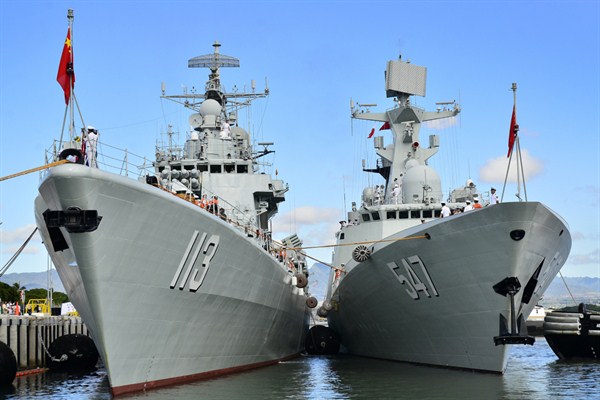This month, the heads of the world’s navies and coast guards converged on the Naval War College in Newport, Rhode Island, for the International Seapower Symposium (ISS). ISS assembles distinguished international naval leaders to enhance common bonds of friendship and to discuss challenges and opportunities, this time under the theme of “Global Solutions to Common Maritime Challenges.” This was the 21st iteration of ISS, which was first held in 1969. It was the first with Chinese attendance.
After years of invitations that Beijing did not accept, coupled with last year’s cancellation of the event due to sequestration, the head of China’s navy, Adm. Wu Shengli, led a nine-officer delegation. Participants in the plenary and regional breakout sessions no doubt wondered who exactly Wu is, what mandate he has, what sort of navy he leads, where it is heading and how it will be interacting with the U.S. Navy. This article addresses these timely questions.
Leading China’s Rapid Naval Modernization

